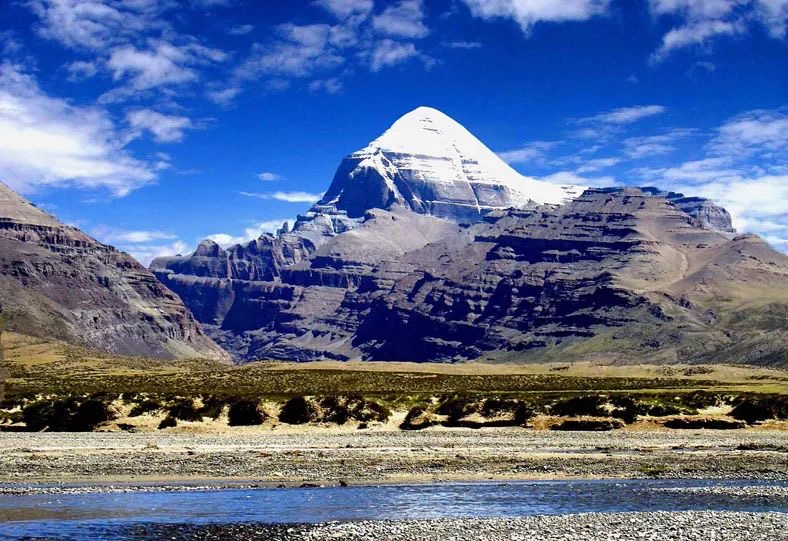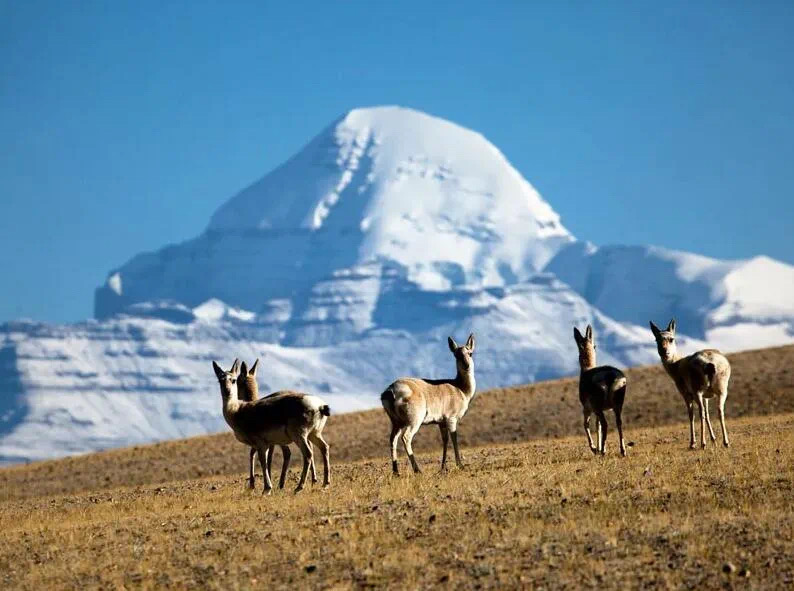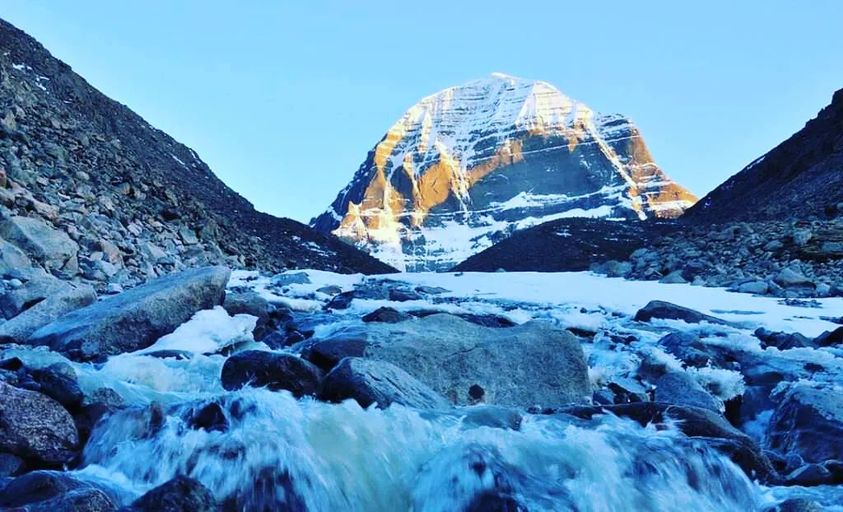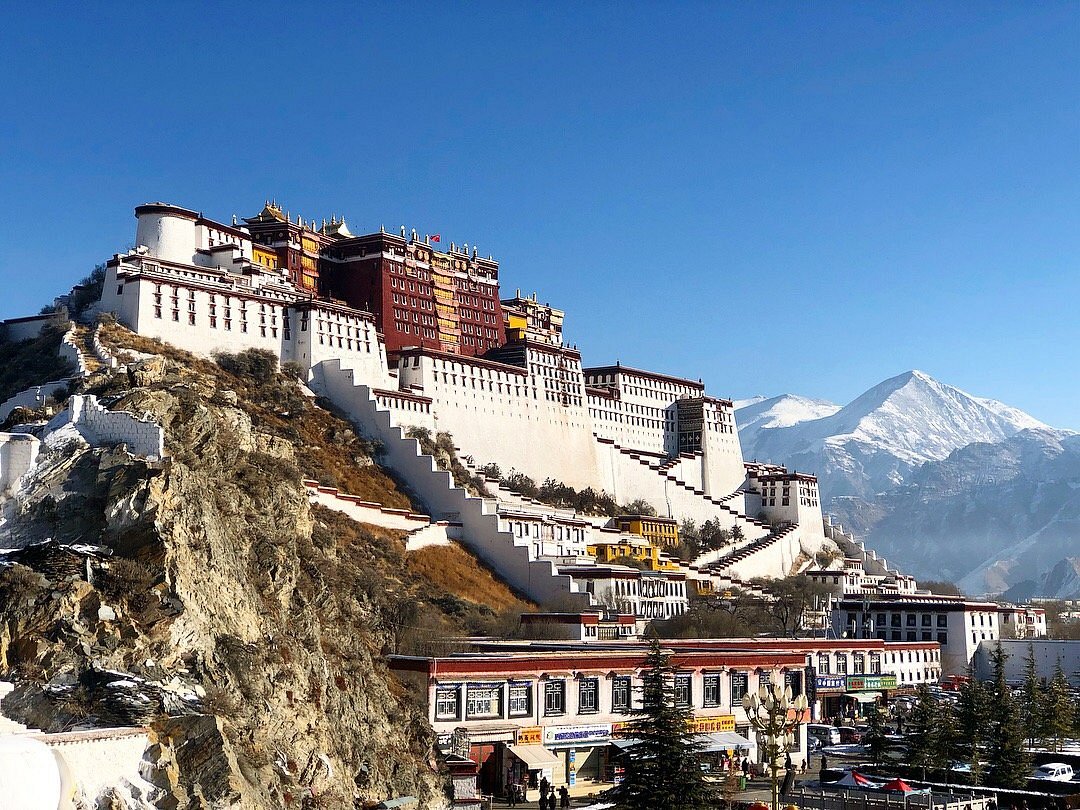Explore Lhasa Tour -5 Days
- Based on 0 review(s)
Explore Lhasa Tour is a package of 5 days in which you get the opportunity to fly in and afterward take the cultural tour through different things of religious and cultural worth in and around Lhasa for three days and afterward fly out to your next destinations.
Trip Overview
Explore Lhasa Tour is a package of 5 days in which you get the opportunity to fly in and afterward take the cultural tour through different things of religious and cultural worth in and around Lhasa for three days and afterward fly out to your next destinations.
Lhasa is one of the famous destinations in Tibet. Furthermore, it is the capital of the Autonomous Region of Tibet. Lhasa is the social, religious, and cultural focal point of the Tibetan individuals. The culture of Lhasa has been in presence for more than 1,300 years. The culture is gradually developing over an opportunity to shape a culture that spins around Buddhism and those which it has indigenously to suit the climate wherein they live. Lhasa resides in Tibet which is a plateau that in many respects is a cold desert to a degree. Therefore, the population in Lhasa is very low. Likewise, the greater part of the populace in Tibet live in a semi-traveling way. However, their culturally set living methods are all available in their cultural center which is Lhasa. So now this is the place where you will undertake the Explore Lhasa Tour.
Explore Lhasa Tour
The five days Explore Lhasa Tour, the shortest tour of Lhasa, is famous among worldwide explorers. The splendid tour starts and finishes in the core of Tibet, Lhasa, and spreads well-known tourist spots of this excellent city. Such as the Dalai Lama’s Potala and Norbulingka Palaces, Barkhor Bazaar, and the Tibet Museum. We likewise visit various great Tibetan monasteries in Lhasa like Drepung Monastery, Sera Monastery, and Jokhang Temple. They are altogether stunning monasteries with a great history and religious relevance of their own. This excursion additionally takes us further to the edges of Lhasa where we visit the fifteenth century Ganden Monastery and investigate the Drayerpa Cave, which is as yet a meditative sanctuary for Tibetan priests.
Explore Lhasa Tour is a comfortable and ideal tour. It is a tour that is suitable even for those explorers who wish to go with their children or senior individuals. Explore Lhasa Tour is an easy and comfortable tour, perfect and clean accommodation facilities will be furnished in this tour with centrally located and conveniently near to all the significant attractions in Lhasa. Lhasa is definitely not a tremendous city, it is a little and clamoring city. However, here you will truly find it difficult to get exhausted since there is such a great amount to see and investigate.
SHORT ITINERARY
Day 01 :
Arrival in Lhasa
Day 02 :
Sightseeing in Lhasa
Day 03 :
Visit Ganden Monastery and Drayerpa Cave
Day 04 :
Visit Sera, Drepung Monastery
Day 05 :
Departure
Itenary note
Note: BD Plan, BL Plan, Breakfast, Dinner, Lunch content will appear here. Above itinerary can be designed along your preferences. Please let us know whether you would like to make a shorter.
DETAILED ITINERARY
You show up at the Gonggar Airport in Lhasa, Tibet’s administrative capital, and probably the most noteworthy city on the planet. If you onboard the flight into Lhasa from Nepal, you will appreciate an hour of stunning perspectives on The Himalayas on what is viewed as one of the most lovely air courses on the planet. Upon arrival at Gonggar Airport, our representative welcomes you. We advise you to rest and relax for the rest of the day to acclimate to the height and limit height ailment, as Lhasa has a rise of around 3,600 m (11,800 ft) and lies in the focal point of the Tibetan Plateau with the encompassing mountains ascending to 5,500 m (18,000 ft). Therefore, the air just in Lhasa just contains 68 percent oxygen. Overnight at Hotel in Lhasa.
Lhasa, which implies the “place of the gods”, is additionally the religious capital of Tibet, where Buddhist Guru Padmasambhava is said to have mystically nailed down the earth demoness and established the foundation of the Jokhang Temple over her heart. The tour visits the Potala Palace, which was the main residence of the Dalai Lama and is presently a gallery and a World Heritage Site. The structure estimates 400 meters east-west and 350 meters north-south, with inclining stone dividers that have copper filled into the foundation to help it against earthquakes. The castle has thirteen stories containing more than 1,000 rooms, 10,000 altars, and around 200,000 sculptures, and is arranged at 117 meters (384 ft) on the head of Marpo Ri, the “Red Hill”, rising in excess of 300 m (around 1,000 ft) altogether over the valley floor. It is grand and gives an amazing perspective on the valley.
Next, we visit the Norbulingka Palaces, which was worked by the seventh Dalai Lama and served both as an authoritative center and religious center, was additionally the summer royal residence of the Dalai Lama. Additionally a World Heritage site, the royal residence has what is viewed as the biggest man-made nursery in Tibet. Next, we visit the Tibet Museum, the official historical center of Tibet, which has a perpetual assortment of around 1000 relics identified with the social history of Tibet. Overnight at Hotel in Lhasa.
Early in the morning, we drive to Ganden Monastery, one of the “incredible three” Gelug university monasteries of Tibet, Ganden Monastery is situated at the head of Wangbur Mountain at a height of 4,300m. Ganden Monastery has very delicate and fine wall paintings and models, with in excess of two dozen significant houses of prayer with enormous Buddha sculptures. The monastery additionally houses ancient artifacts that had a place with Tsongkhapa, including his burial chamber. It additionally has an armor suit improved with jewels worn by Emperor Qianlong, which was presented to the monastery as a contribution to Tsong Khapa, the originator of the Gelug order. Afterward, we drive to Drayerpa Cave situated in a lovely valley with a shocking scene, that has in excess of 30 caverns for Lamas who wish to meditate. Later in the evening, we drive back to Lhasa. Overnight at the hotel in Lhasa.
Today we will visit the Sera Monastery, Drepung Monastery, Barkhor Bazaar, and Jokhang Temple. The Drepung Monastery, which was underlying the fourteenth century, is accepted to have shielded around 10,000 priests before. The set of experiences, culture, and religious beliefs of the Tibetan public are emphatically gathered and focused in this glorious monastery. The Sera Monastery is a monastery that is preserved with white-washed walls and brilliant golden rooftops. Jokhang Temple is another significant sacred site of Lhasa that unwinds the secrets of Tibetan Buddhism. Afterward, we walk around the Barkhor Bazaar (market). With its open-air stalls, shops, and a horde of travelers, it is the focal point of Lhasa. Overnight at the hotel in Lhasa.
Takeoff day; you can finish your very late shopping. And then our representative will transfer you to the airport.
Price Includes
- Private Transportation by jeep/van as per the group size.
- Hotel in Kathmandu and Tibet with breakfast at 2 stars level.
- China/Tibet Visa Fee
- Necessary Tibet Travel Permit
- Sightseeing and Entrance fee as per the itinerary
- English speaking Tibetan guide.
- Flight tickets from Kathmandu to Lhasa to Kathmandu.
- All the Government and local taxes.
Price Excludes
- Lunch and Dinner.
- Insurance of any kind
- Personal expenses like beverage, mineral water and tips.
- Natural and political disturbance and unforeseen circumstance.
TRAVEL INSURANCE
Travel insurance is compulsory for all Clients undertaking any tour. It should provide adequate protection for the full duration of the tour to cover personal injury, medical expenses, repatriation expenses, helicopter evacuation, loss of luggage, etc. For your kind information, we would like to give a list of the insurance companies, please inquire with them.
- USA and Canada: Tugo, United Health Care, World Nomad, Blue Cross
- Australia and New Zealand: Fast Cover, Allianz Australia
- Singapore: Ergo, World Nomad (Explore plan level 3)
- Europe: Europe Assistance, Austrian Alpine Club, Allianz Europe
- India: ICICI Lombard














